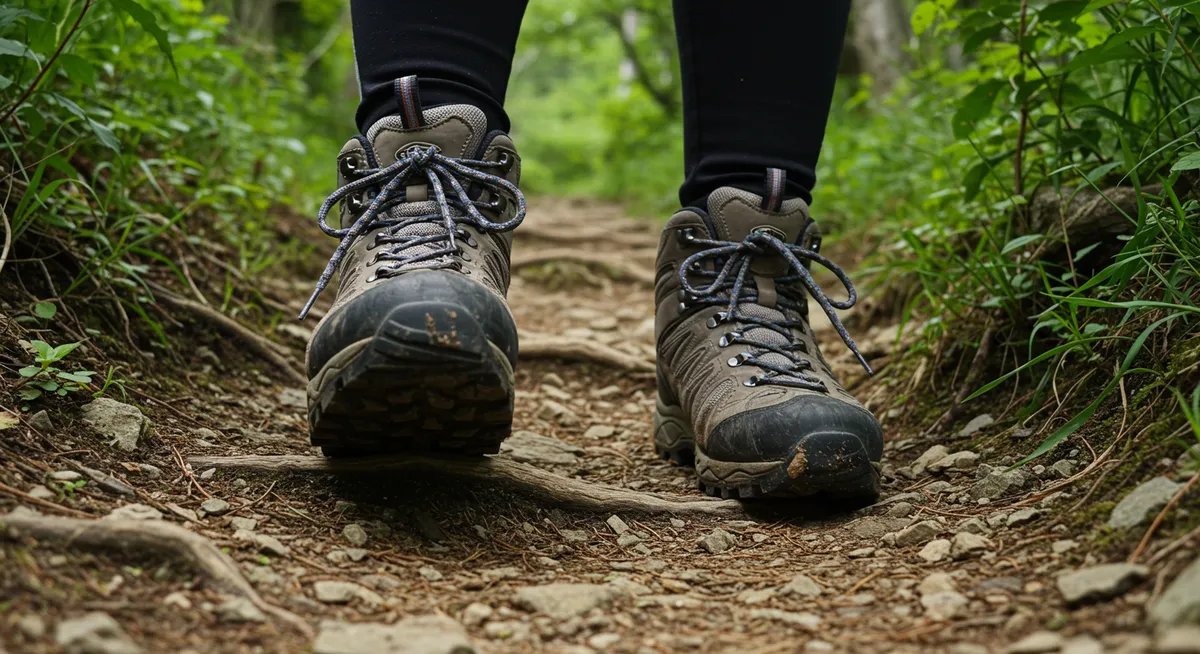
Mount Nantai Hiking Difficulty: A Guide
Table of Contents
Want to find the best nature experiences for this destination? Chat with our nature tourism specialist!
Get Nature TipsCategory: mount-nantai-hiking-difficulty
Conquering Mount Nantai: Understanding the Ascent's Demands
Having personally tackled some of Japan's most revered peaks, I can attest that understanding a mountain's challenge is paramount for a safe and enjoyable experience. If you're considering the iconic Mount Nantai in Nikkō, you're likely wondering about the Mount Nantai hiking difficulty. This guide aims to shed light on what makes this ascent a significant yet incredibly rewarding endeavor, providing insights to help you prepare effectively for the journey ahead.
Assessing Mount Nantai's Overall Challenge
Many aspiring climbers ask about the true Mount Nantai hiking difficulty, and indeed, it's generally rated as moderately strenuous to difficult. This 2,486-meter peak in Nikkō National Park presents a significant vertical climb, often exceeding 1,200 meters from its base near Lake Chuzenji. While not technically challenging with ropes or specialized gear, the relentless uphill gradient and rocky, uneven terrain demand good physical fitness and endurance. My personal experience confirmed that adequate preparation is key; even seasoned hikers will feel the burn. It's a journey best suited for those comfortable with sustained exertion, offering unparalleled views as a reward for the effort.
Key Factors Influencing Your Ascent
Several elements contribute to the perceived Mount Nantai hiking difficulty. Firstly, the primary Futarasan Shrine route is steep and direct, featuring sections with loose scree, exposed roots, and large rocks, which can be slippery, especially after rain. Secondly, weather conditions around Lake Chuzenji can change rapidly; even in summer, temperatures at the summit are significantly cooler, and sudden fog or rain is common. Always check forecasts and pack layers. Furthermore, the mountain is officially open for climbing only from early May to late October. Attempting the hike outside these months, particularly in winter, drastically increases the challenge due to snow and ice, requiring specialized mountaineering skills. Be prepared for varied conditions.
Essential Preparation for a Successful Hike
Mitigating the Mount Nantai hiking difficulty largely depends on your preparation. Physical conditioning is paramount; regular cardio and leg strength training for several weeks beforehand will make a huge difference. Don't underestimate the sustained uphill climb! Crucially, proper gear is non-negotiable: sturdy hiking boots with ankle support, enough water (at least 2-3 liters), high-energy snacks, a headlamp, and rain gear are essential. I always advise starting early in the morning to allow ample time for the ascent and descent, typically 7-9 hours round trip. Knowing your limits and being mentally prepared for a challenging but rewarding day will ensure a safer and more enjoyable experience amidst Nikkō's stunning nature attractions.
Navigating the Trails: What to Expect
Understanding the trail layout can significantly ease the Mount Nantai hiking difficulty. The most common route begins from the Futarasan Shrine, identifiable by its iconic red torii gate, and is well-marked with signs. The initial sections weave through forest, gradually increasing in steepness. The mid-sections, especially around the 6th to 8th stations, become relentlessly steep and rocky, demanding careful foot placement. It's during these parts that many hikers truly feel the challenge. Take frequent, short breaks, hydrate diligently, and maintain a steady pace. Reaching the summit rewards you with panoramic views, even overlooking some of the best waterfalls in Nikkō, Japan, if conditions permit. The descent, while physically less demanding, requires equal concentration due to slippery terrain.
Frequently Asked Questions
How long does it take to hike Mount Nantai?
Is Mount Nantai suitable for beginners?
What is the best time of year to hike Mount Nantai?
While the Mount Nantai hiking difficulty certainly positions it as a demanding climb, it's an incredibly rewarding experience for those prepared to undertake it. Its steep gradients and varied terrain test endurance, yet the panoramic vistas from the summit are truly unforgettable. By understanding the challenges, training adequately, and equipping yourself properly, you can transform a daunting task into a memorable Nikkō adventure. Begin planning your Mount Nantai ascent today and discover the profound satisfaction of conquering one of Japan's most revered peaks. For more insights on Japanese nature, explore TouristNature.com.